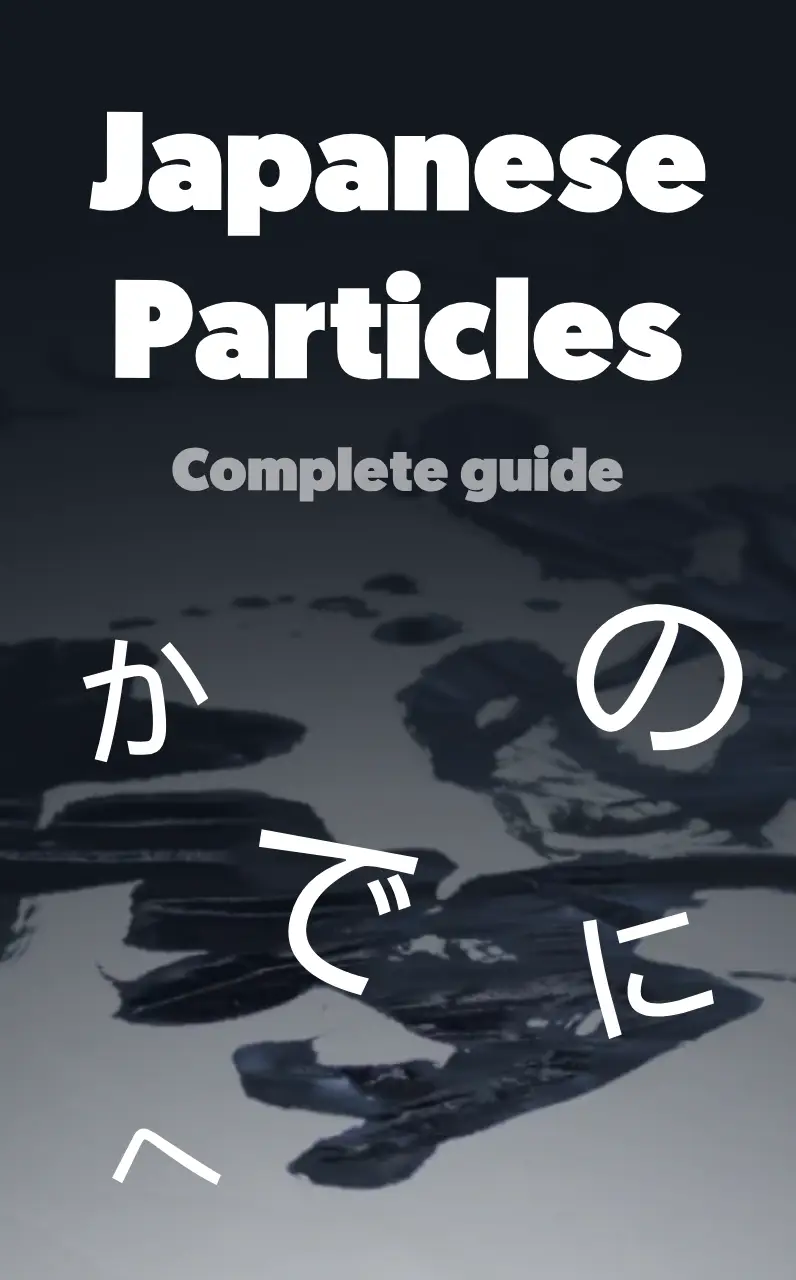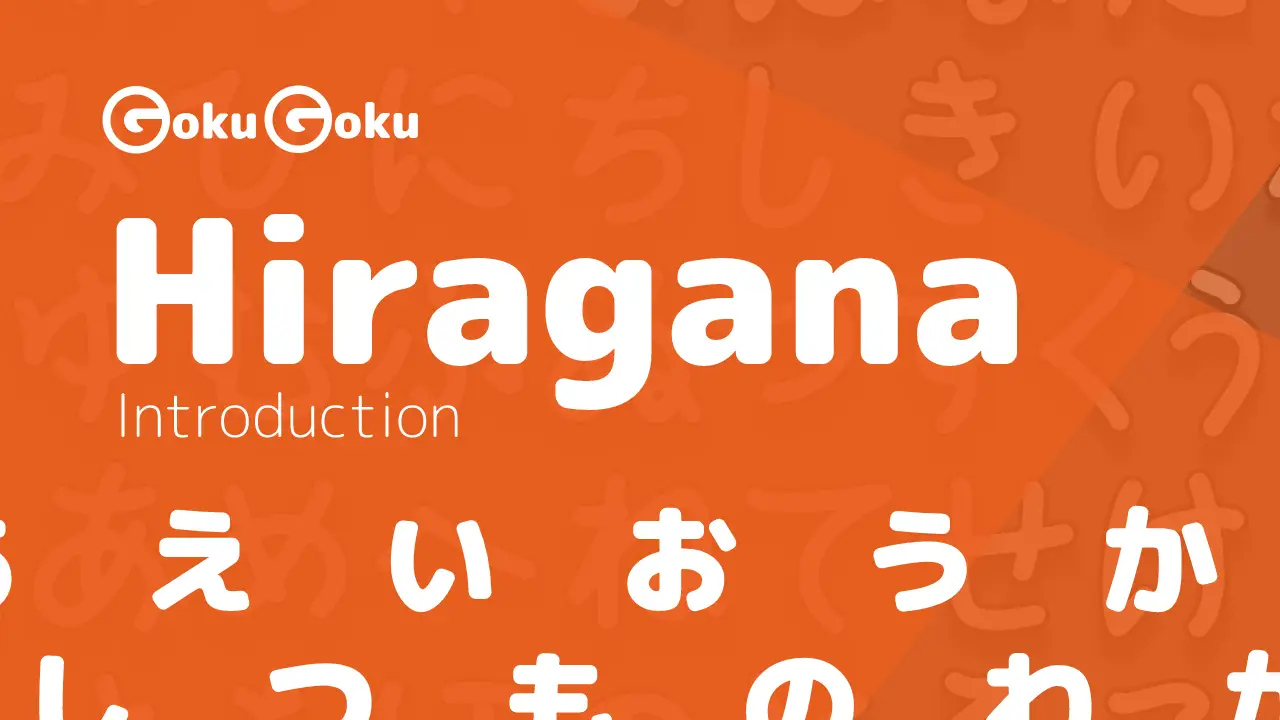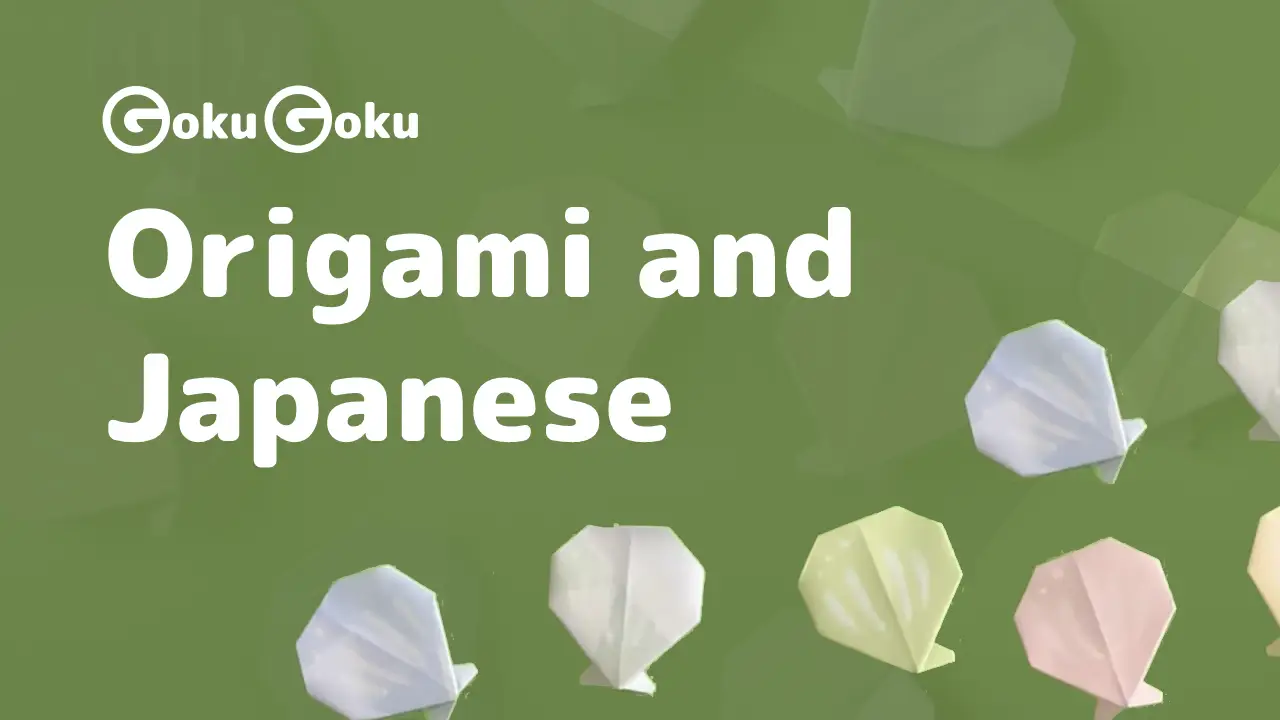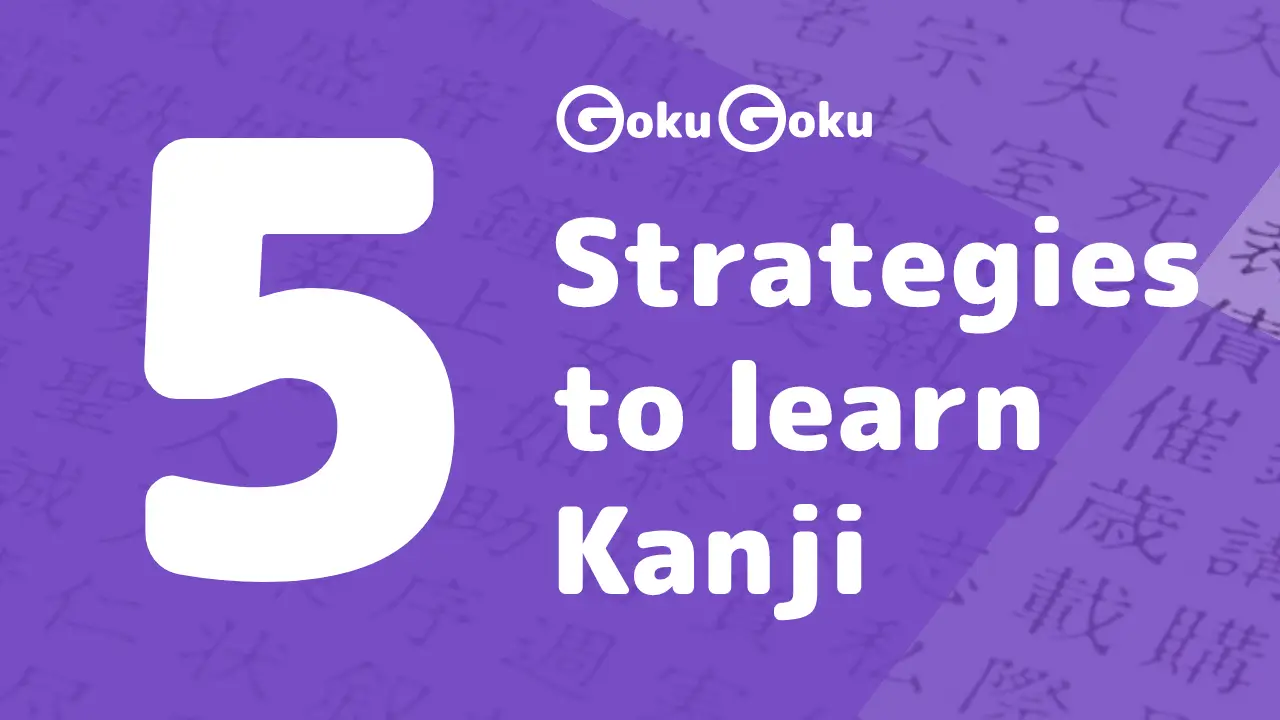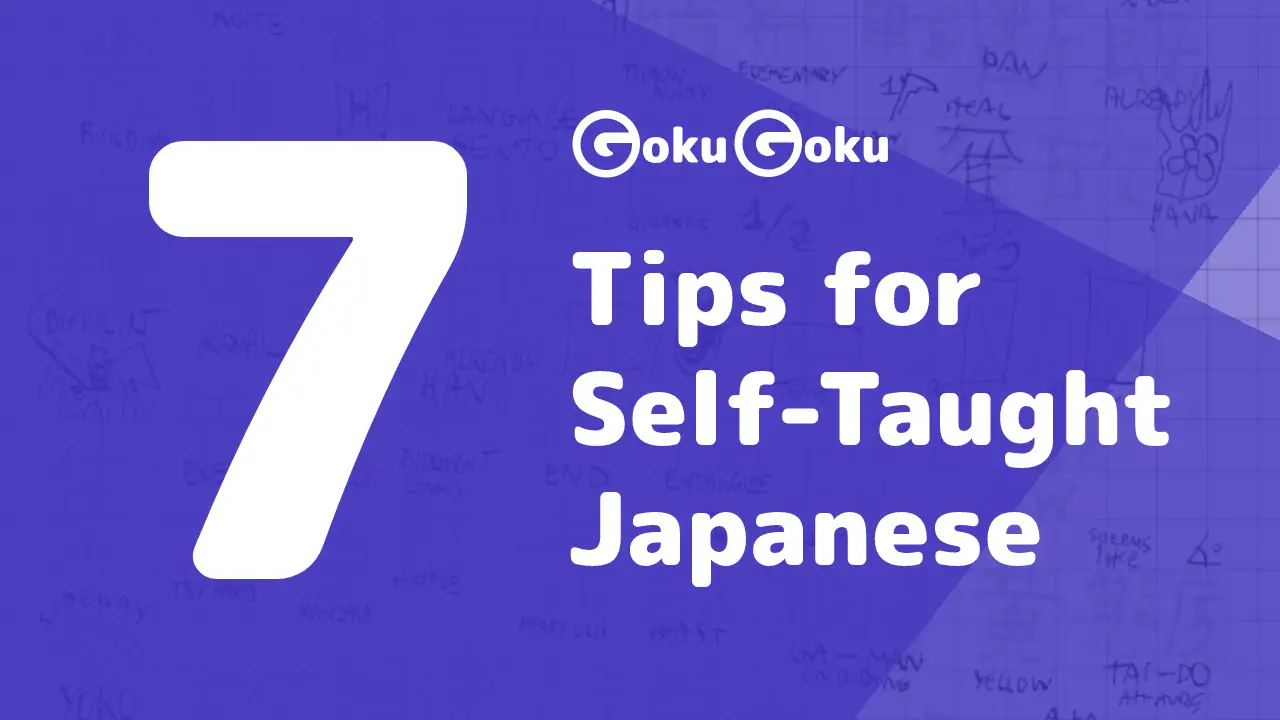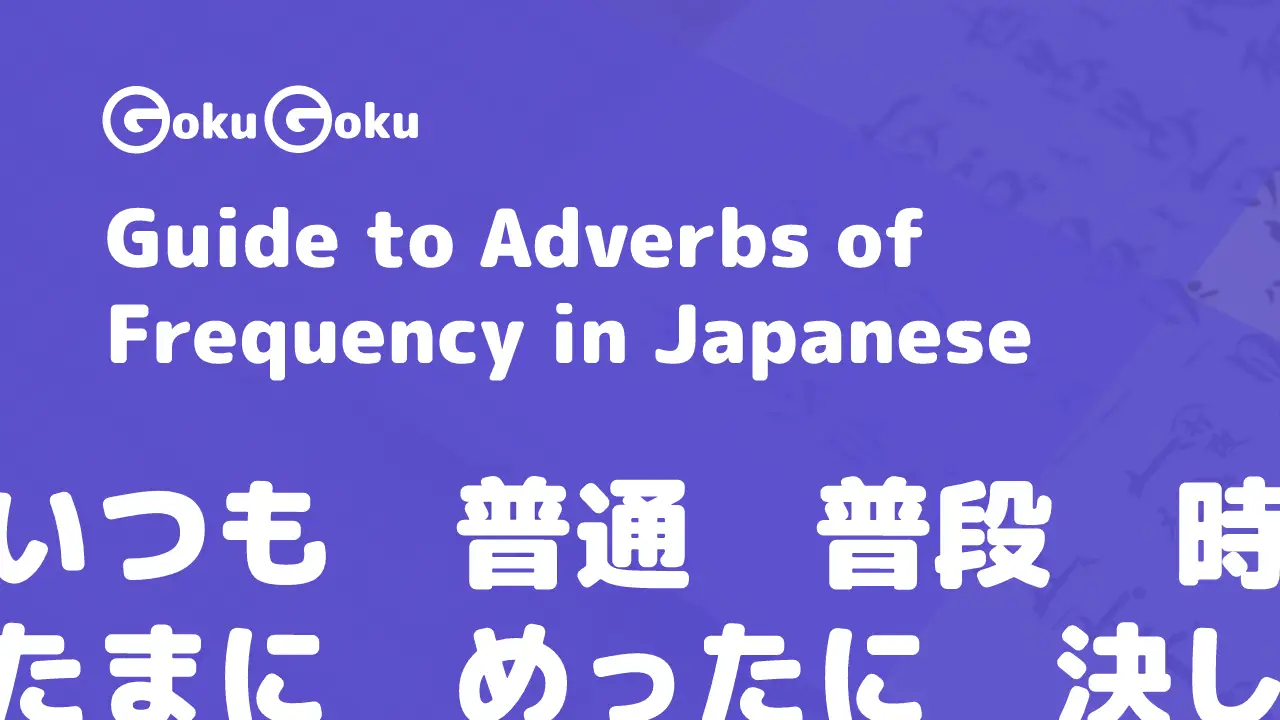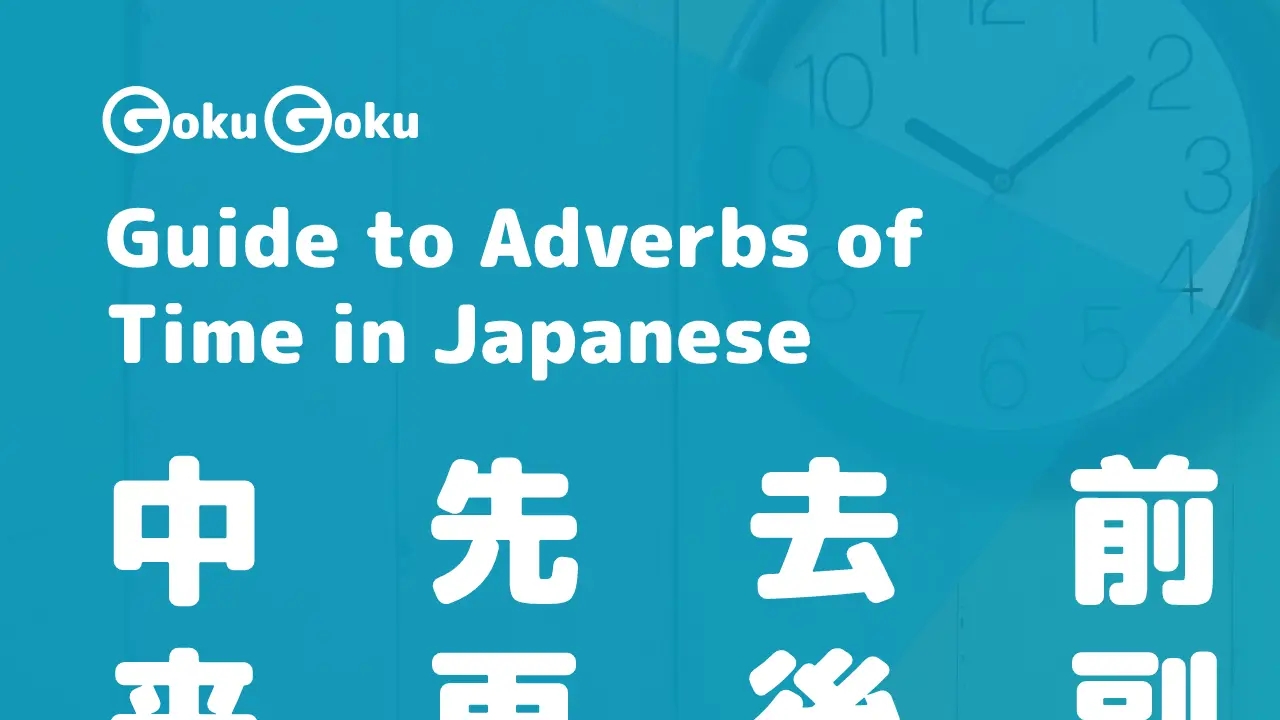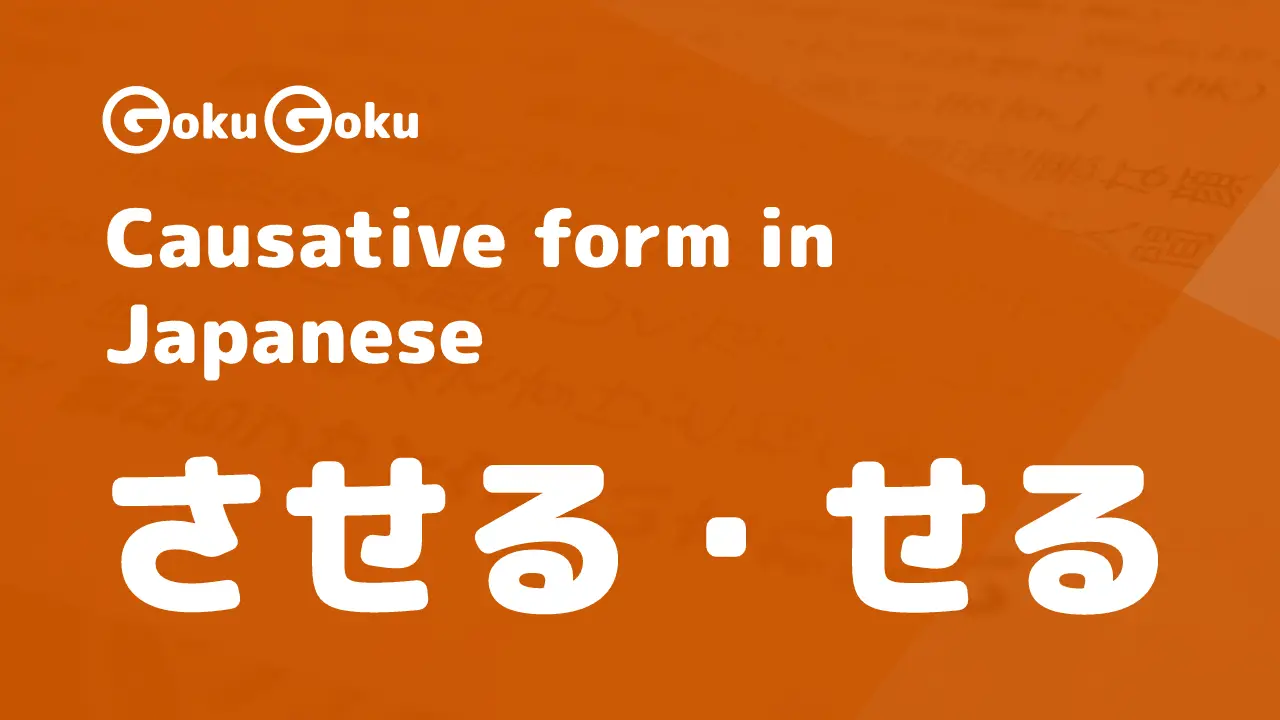When approaching verbs in your Japanese language studies the "Masu" form (ます 形) is often taught even before the "Dictionary form" (辞書形 or 原形).
I believe that the order in which the parts of speech are studied is not fundamental.
Since language is first of all a communication tool, I think it is useful to make a selection of the elements, parts and forms from which to start, in relation to your needs and purposes.
That being said, the 2 basic forms to learn at the beginning of your journey in the language are:
- Base form: used in a colloquial context
- Masu form: used in polite speech
In this post we focus on the masu form 👩🏻🏫
What the ます形 is and when to use it
The masu form is a verb conjugation ending with the suffix "masu" (ます), such as:
- 読みます
readorI will read - 行 きます
I goorI will go
This form is used when the situation requires polite speech, towards people outside our world.
Our "inner world" in Japanese is called (内|うち) "uchi", which includes our family, our friends and all the people close to us and with whom we are familiar.
In the "inner" world 内 (uchi) we use a non-formal, colloquial language that consists in what is called the "dictionary form"
The external world, "outside" our close circle, is expressed with the concept of (外|そと) "soto" in Japanese, which means precisely outside, external.
外 "soto" refers to the people with whom we have do not have close ties, strangers, or that in a more strictly hierarchical context can be our superiors in the workplace or teachers and lecturers.
At a basic level in the study of the language, the "masu" form is the right compromise for situations of interaction with people we do not know
Keigo language 敬語
In a purely hierarchical context, in front of people to whom we must show a certain respect up to a sort of reverence, the register changes completely and we move towards the language 敬語 keigo, in its various forms.
At a basic level, as I anticipated, the knowledge of the form in "masu" puts us in a position to formulate the first simple sentences, in a polite and adequate way.
How the polite form in "masu" works
Before going into the form, let's remember a characteristic of the Japanese language: agglutination.
The verb is composed of a fixed base, called stem. We could compare it to a "verbal root" to which pieces are added, suffixes that form the modes and tenses of the verb.
We will have suffixes for the negative, for the past tense, for the passive form and so on.
It all starts from the basics and the Japanese verb confirms this vision!
First of all, we are going to learn the 3 fundamental verb groups.
Ichidan verbs 一段 with a single base
These are the verbs whose dictionary form ends in "eru" and "iru". Their convenience is that they have a single stem form which is used for conjugations in all ways and times.
The basis for these verbs is obtained simply by omitting the final syllable "ru" る:
- 食べる "eat" dictionary form, stem 食べ
- 起きる "wake up" dictionary form, stem 起き
- 決める "decide" dictionary form, stem 決め
Some verbs are exceptions and do not follow the rule, such as the verb "to return" 帰る, which is part of the series of 5-base verbs that we find below
Now we can add all the suffixes we want to the stem form. Below we deal with all those relating to the suffix "masu":
- masu (ます) forms the present and affirmative future
- masen (ません) forms the present and future negative
- mashita (ました) forms the affirmative past tense
- masen deshita (ませんでした) forms the negative past tense
- mashō (ましょう) forms the exhortative tense
I eat.
I don't eat.
I ate.
I didn' eat.
Let's eat!
The Japanese verb is not conjugated according to the person, so each form can have me, you, us, them as subject, depending on the situation and context
Verbs 五段 with 5 bases
This category of verbs makes up the majority of Japanese verbs. Let's not be frightened by the number 5 of the bases, they are obtained in a very simple way.
These verbs are also called verbs in う, they all end with the Hiragana symbols belonging to the column う:
- 書く
writefinal syllable く - 読む
readfinal syllable む - 泳ぐ
swimfinal syllable ぐ
The 5 bases are obtained by replacing the final syllable following the 5 syllables of the hiragana: あいうえお, かきくけこ, さしすせそ and so on.
- 書か base in "a" or B1
- 書き base in "i" or B2
- 書く base in dictionary "u" or B3
- 書け base in "e" or B4
- 書こ base in "o" or B5
The form in "masu" matches the base in "i" or B2
I write.
I don't write.
I wrote.
I didn't write.
Let's write!
Irregular verbs
There are also verbs that do not follow the usual rules. They are just 2 and form the third group:
- する
to dodictionary form; its only base is し - 来る
to comedictionary form, its unique base is 来 (き)
Examples of verbal bases for "masu" form
Now let's try to formulate short sentences starting from the verb in its dictionary form, also called base in "u" or B3.
寝る - To sleep
Regular verb ending in "eru", therefore of the category 一段.
寝る: its stem form becomes 寝.
I'm going to sleep.
10時に寝ます。
I go to sleep at 10.
What time do you go to sleep?
I slept soundly.
する - Do
する single-based verb "to do" し.
The verb suru is widely used in the form "compounds of suru" which predict a noun + the verb suru:
- 電話する make a phone call
- 買物する shopping
- 掃除する cleaning
- 勉強する study
I called a friend.
I didn't shop yesterday.
友達と一緒に勉強します。
I study with a friend.
部屋を掃除します。
I clean the room.
聞く - Listen
Verb of the series 五段 with 5 bases; of the five bases we choose the base in "i" or B2 which is used with verbs in "masu".
聞く dictionary form, its stem form becomes 聞.
ラジオを聞きます。
I listen to the radio.
人の話を聞きません。
I don't listen to other people's speeches
ニュースを聞きませんでしたか。
Didn't you hear the news?
In the previous sentence, we used the negative interrogative form.
A note about answers to questions in Japanese:
- If we say
yes!はい, we confirm what the person expressed in the question: "yes that's right, I didn't hear it": はい、聞ませんでした。 - If we answer
no!いいえ, we reverse what we were asked: "no you're wrong, I heard it": いいえ、聞ましたよ!
出る: - Exit
The verb ends in "eru" and therefore belongs to the first category, single-base verbs.
出る: base form of the dictionary, its stem form becomes 出.
仕事の日は朝8時に家を出ます。
On work days, I leave the house at 8 am.
In this post we have seen the "masu" form, when to use it and how it works.
In the next posts we will see the other forms, to learn how they are formed and in which contexts it is best to use them.
See you soon 👋
